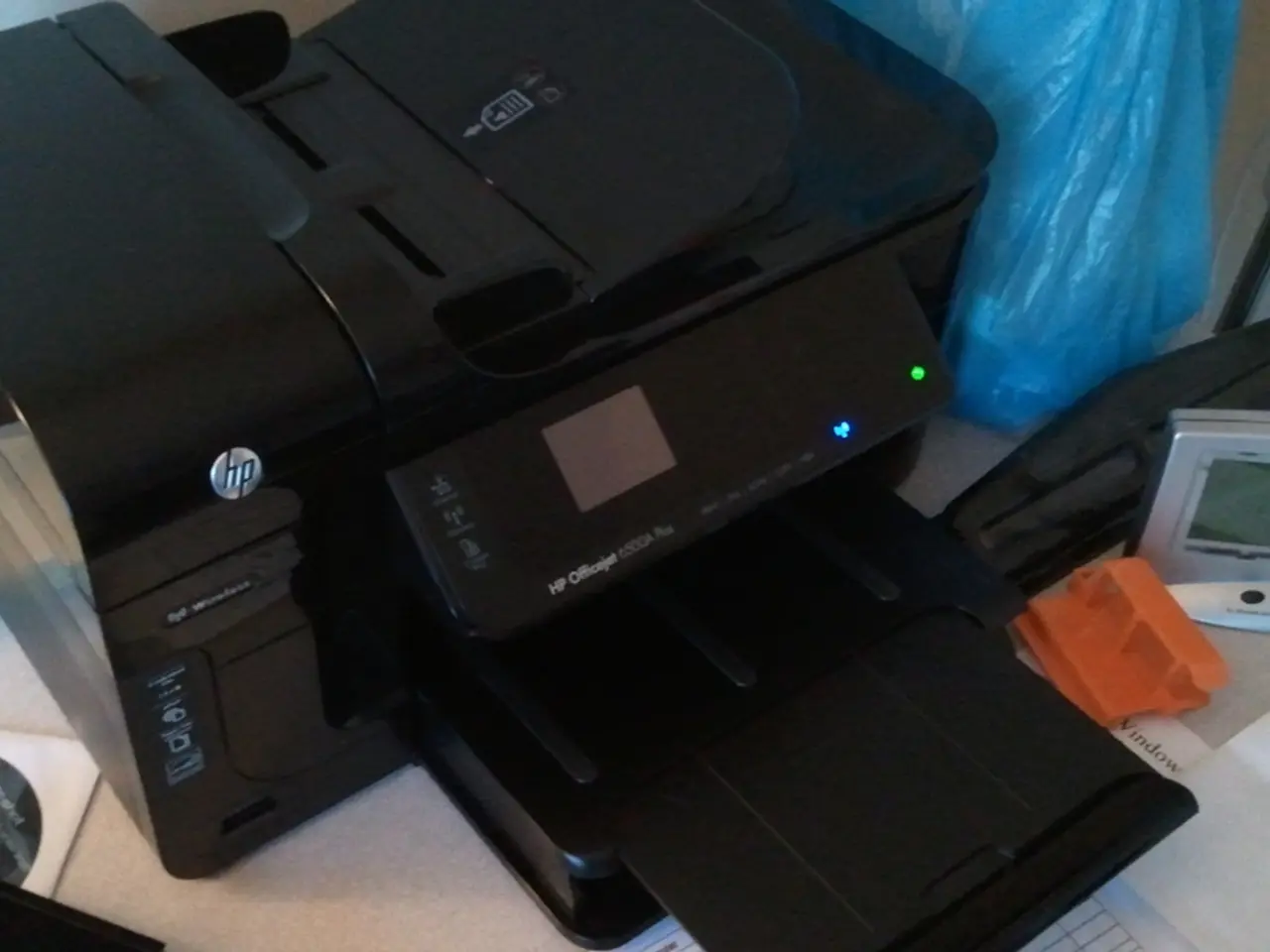Designing with White Space: Comprehensive Guide
White space, often misunderstood as simply empty or blank space, is a fundamental design principle that plays a crucial role in creating well-designed graphic materials and websites. In the realm of web design, white space refers to any blank or empty space surrounding all the other elements in a composition.
One of the key benefits of white space is its ability to enhance text readability and legibility. By strategically placing empty space around important elements such as titles, buttons, and blocks of text, designers can make them stand out, improve readability, and create a clear visual hierarchy. This is particularly important in web design, where users often have to sift through large amounts of information quickly.
White space also acts as a glue that holds the entire design together, promoting balance and harmony, and guiding viewers towards the focal points of a design. This is achieved by separating and grouping elements, structuring and organising content in a way that makes sense and feels intuitive to the user.
In web design, the Z-layout is often used to match the scanning patterns of users. This layout follows the natural path a user's eyes take as they scan a page, starting at the top left, moving across to the right, then down to the next line, and so on. By using white space effectively, designers can guide users' attention through the page, making it easier for them to find the information they are looking for.
White space can be classified according to its size and use in a particular design. Macro white space refers to the entire space around and between major layout elements like the spaces between content blocks on a website, while micro white space refers to small spaces between elements like the spaces between lines and paragraphs or the spaces between options in a menu.
It's important to note that in design, white space and negative space mean the same thing, but in art, they may have slightly different connotations. In art, negative space is the space you create around your subject, whereas white space is where you put content and design elements. Nevertheless, both white space and negative space are concerned with the effective use of space in any composition.
Implementing proper text formatting, such as margins and paragraph spacing, can also improve the presentation of text. This not only makes the text easier to read but also contributes to a clean, sophisticated look that supports overall usability and engagement.
Using our platform templates can help create well-designed graphic materials that maximise the use of white space. These templates provide a solid foundation for designers to build upon, ensuring that their designs are balanced, easy to read, and visually appealing.
The benefits of using white space extend beyond improved readability and user experience. White space also contributes to a modern aesthetic that enhances a brand’s perception. By reducing visitors' cognitive load, making navigation more intuitive and enjoyable, white space can increase engagement and conversion rates. However, achieving the right balance is critical—too much white space can leave a site feeling sparse, while too little can overwhelm users.
In summary, the effective use of white space means allowing design elements to "breathe" through balanced spacing, thereby improving readability, guiding user attention, enhancing interaction, and creating a clean, sophisticated look that supports overall usability and engagement. A good image as white space can create contrast and make different elements of a design pop. By following these principles, designers can create websites that are not only visually appealing but also user-friendly and effective in conveying their intended message.
References: [1] White Space in Web Design: The Ultimate Guide. (n.d.). Retrieved from https://www.smashingmagazine.com/2018/05/white-space-web-design-guide/ [2] The Importance of White Space in Design. (n.d.). Retrieved from https://www.w3schools.com/graphics/css_white_space.asp [3] The Power of White Space in Design. (n.d.). Retrieved from https://www.canva.com/learn/the-power-of-white-space-in-design/ [5] The White Space Rule in Design. (n.d.). Retrieved from https://www.interaction-design.org/literature/article/the-white-space-rule-in-design
- For individuals who appreciate a stylish living, incorporating home-and-garden products with smart use of white space can create a clean, sophisticated ambiance that enhances the overall aesthetic of their lifestyle.
- In the realm of fashion-and-beauty, designers often employ a strategic, smartphone-friendly layout that effectively uses white space to showcase their products, making them more appealing and intuitive to navigate.
- Tech enthusiasts seeking the latest gadgets can create a sleek, well-organized workspace by taking advantage of the principle of white space when arranging their devices, cables, and accessories, ensuring an efficient and aesthetically pleasing setup.




